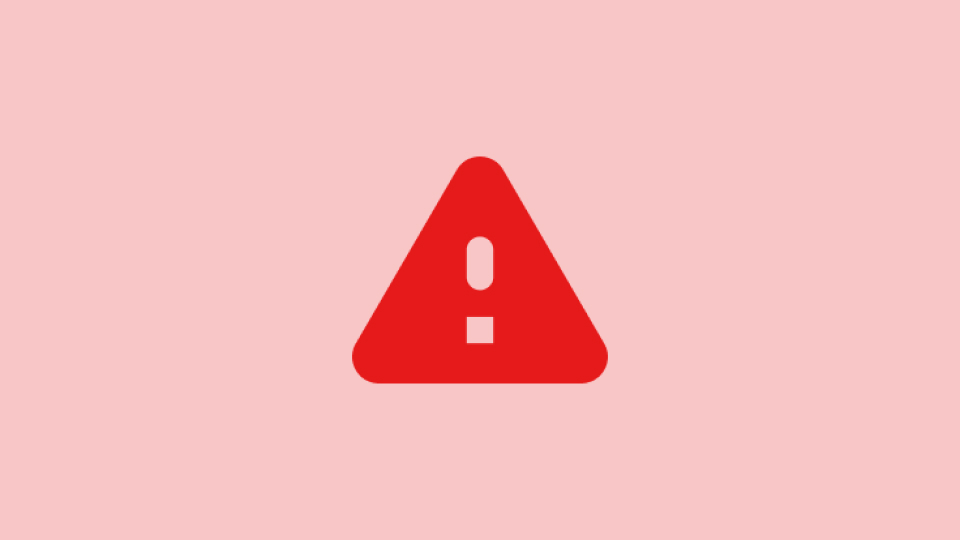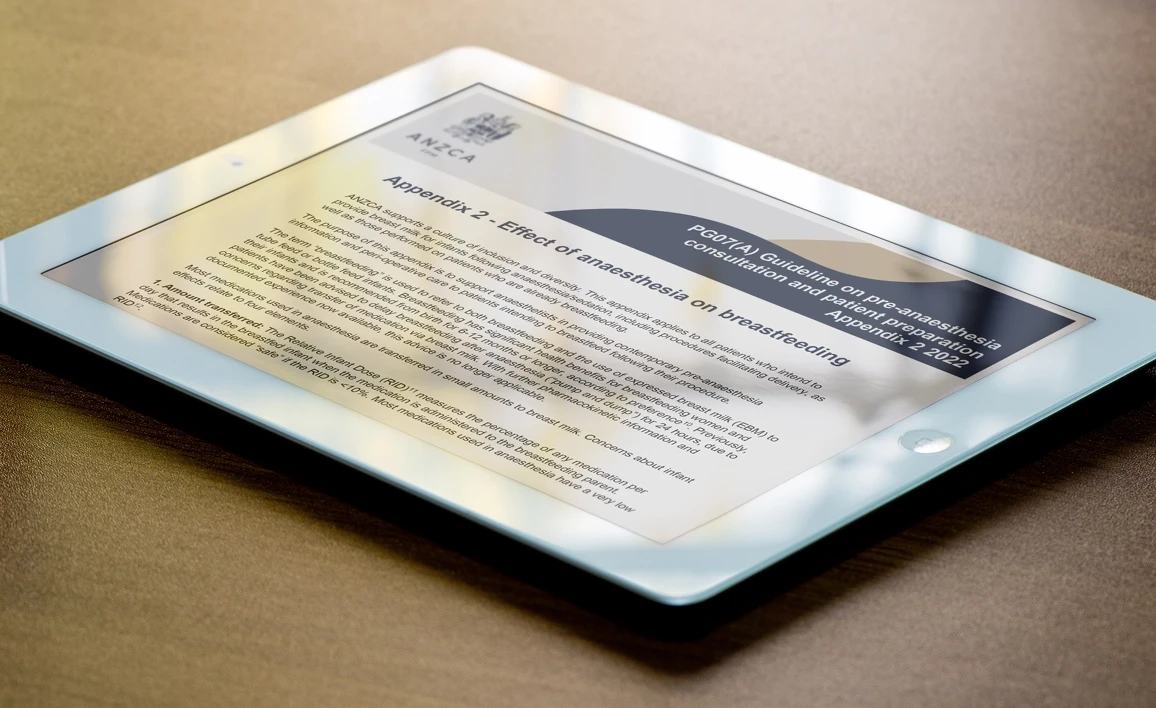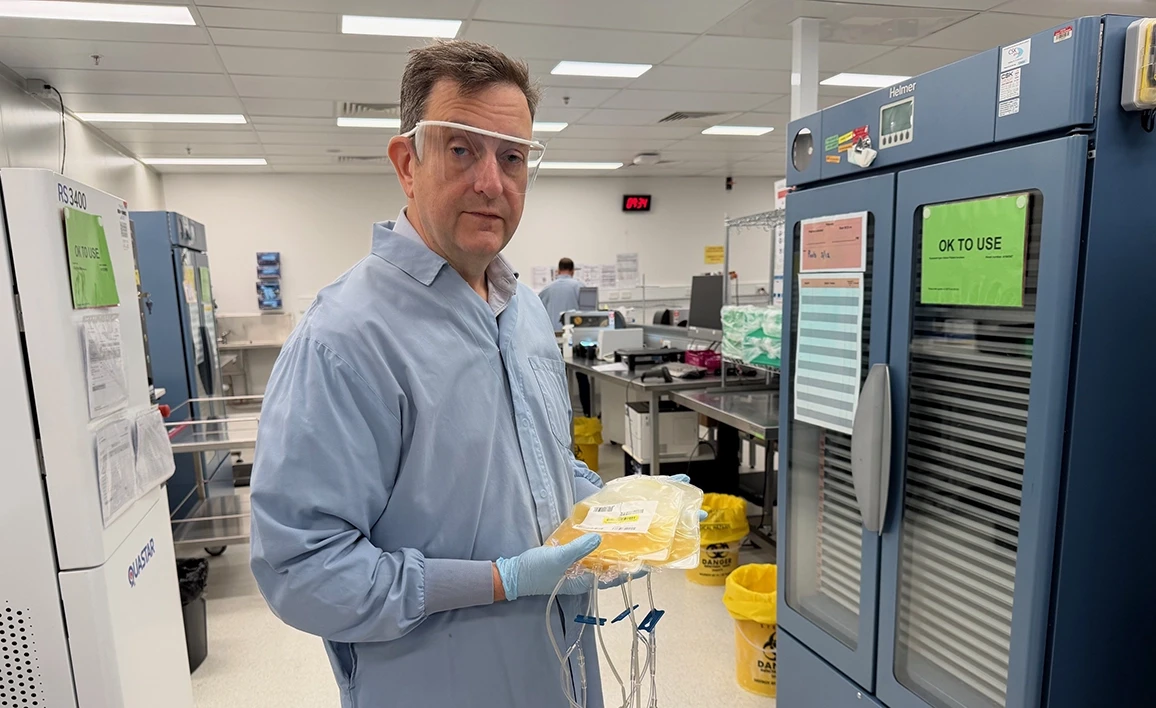Residual anaesthetic drugs in the dead space volume of IV lines

A recent case of a patient inadvertently receiving residual rocuronium highlights the need for vigilance in managing infusion line dead space volume.
The presence of residual potent anaesthetic drugs in the dead space volume of unflushed intravenous lines or side arms has been described previously as a safety concern.
When these lines are flushed some later time, often in PACU, a residual dose of a potent drug may be inadvertently administered to the patient, resulting in unexpected sedation, paralysis or respiratory depression.
A recent case of re-curarisation reported to ANZCA has highlighted the risk of residual anaesthetic drugs in unflushed fluid warmers, even those with very low fluid capacity (< 5mL), such as the enFlow in-line fluid warmers. This may be aggravated by uneven displacement of the fluid from the warming chamber due to complex flow patterns.
General recommendations to minimise the risk include:
- Adequately flush all lines and infusion side arms that may contain residual potent or concentrated anaesthetic agents prior to transferring patients to other care environments (e.g. PACU, ICU).
- Wherever possible, administer potent anaesthetic drugs distal to fluid reservoirs such as fluid warmers or pump set chambers to ensure the entire desired dose reaches the patient.
- Consider removing in-line devices with dead spaces (such as fluid warmers) prior to transfer to other care environments, especially where anaesthetic drugs have been given upstream (proximal) to the fluid chamber.




